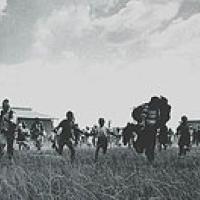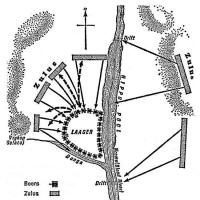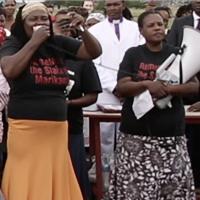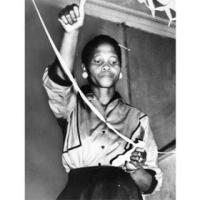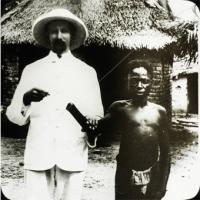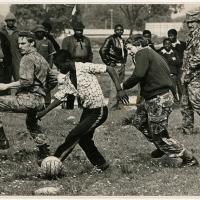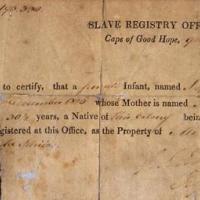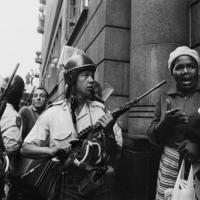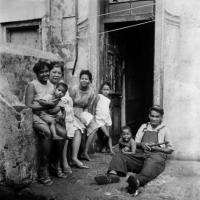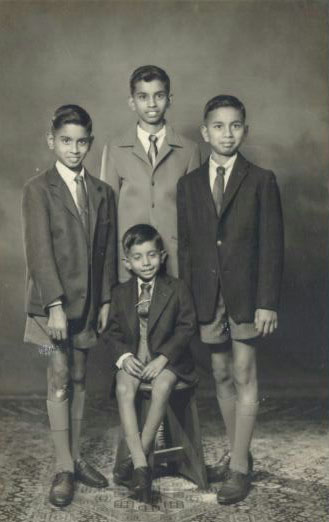Document Preview
Document Preview
Document Preview
History Classroom Grade 11
Featured topics
This day in history
Find out who was born, who died and other significant events from this day in history
History in Images
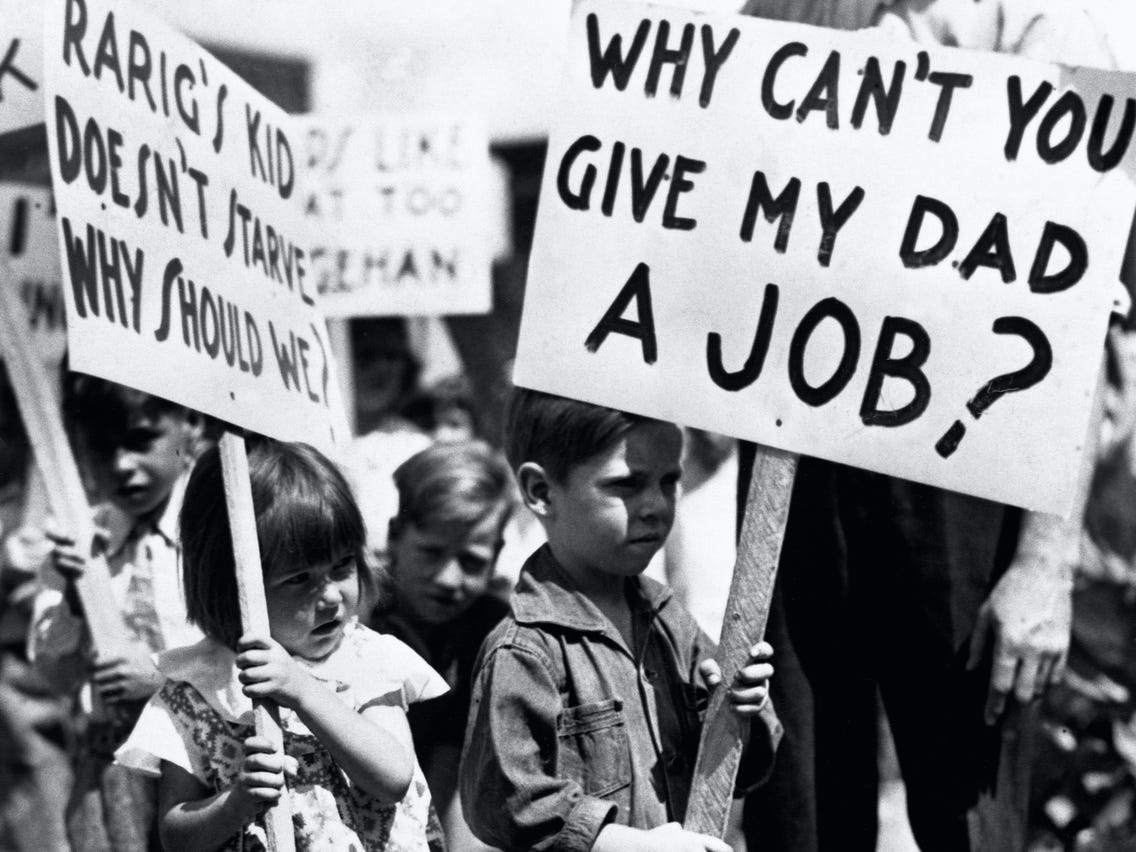 The picture above shows how dire the situation was in America during the Great DepressionImage Source
The picture above shows how dire the situation was in America during the Great DepressionImage Source
Source 2A
The source below describes the impact of the Great Depression on men in the USA.
Source 2A
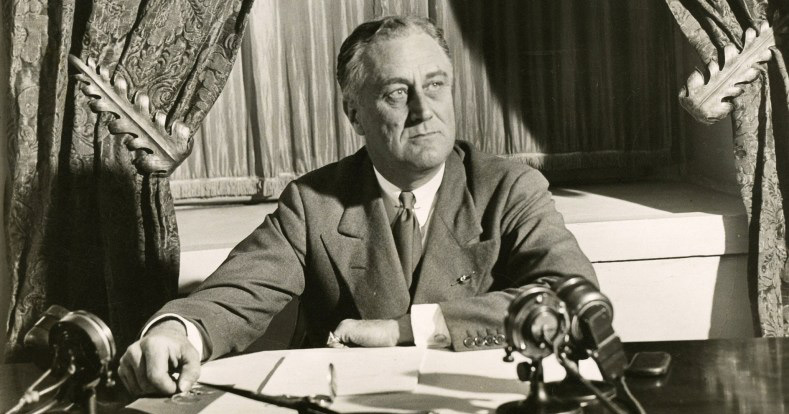 Franklin Delano Roosevelt at the presidential desk in Washington Image Source
Franklin Delano Roosevelt at the presidential desk in Washington Image Source
Essay Question:
American Dream: The ideal by which equality of opportunity is available to any American, allowing the highest aspirations and goals to be achieved.[1]
Capitalism: Capitalism is an economic system in which the government pays a secondary role. People and companies make most of the decisions and own most of the property. The means of production are privately owned by individuals and companies operate on profit basis.[2]
